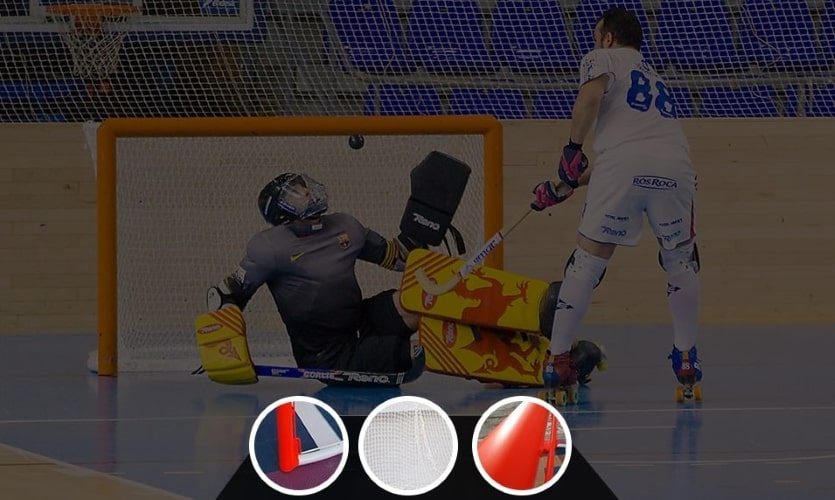
O PVC e Polipropileno são dois tipos de plásticos com diferentes características, propriedades químicas e, consequentemente, aplicações. Neste artigo vai conseguir compreender melhor a constituição de cada material e quais as suas principais diferenças.
PVC
PVC (Poly vinyl chloride) is one of the largest plastic products in the world. It is composed of polyvinyl acetate chloride resin and is widely used. It has a white or light yellow color.
PVC plastics can be given different physical and mechanical properties by introducing different additives, depending on their purpose. Whether PVC is harder, softer or more transparent will always depend on the amount of plasticizer applied to the polyvinyl chloride resin during the plastic production process.
In this sense, harder PVC has better resistance to traction, bending, compression and impact and can only be used as a structural material. Softer PVC has greater elongation at break and resistance to cold, but its brittleness, hardness and tensile strength decrease.
Polypropylene
With its chemical name of PP plastic, Polypropylene has very advantageous plastic characteristics when used. This is because it is a non-toxic, odorless, low-density, tough and hard plastic.
It is a plastic that can be used at temperatures of up to 100 degrees. It has good electrical properties, insulation and humidity does not affect its physical structure. However, when temperatures drop, it becomes a weaker material, easy to age.
Polypropylene is therefore a suitable material for making mechanical parts in general, corrosion-resistant parts and insulating parts. Common acids and alkaline organic solvents have little effect on it and it can be used as food utensils.
PVC vs Polypropylene
Since these are the two most popular types of plastic in the world, in practically every industry, it’s important to understand their differences.
To begin with, PP, or polypropylene, is one of the most neutral plastics. When burned, it simply generates carbon dioxide and water, making it the most environmentally friendly plastic! The result of the polymerization of propylene, polypropylene is one of the most neutral plastics, containing carbon and hydrogen. It is weather-resistant and very flexible.
In turn, PVC is produced from the polymerization of ethylene. Its chemical composition, in addition to the hydrogen and carbon characteristic of any hydrocarbon, also includes a high percentage of chlorine. This makes PVC a flexible material, with an ideal shape but more toxic than polypropylene.
Polypropylene Modules
At Sports Partner we use Polypropylene to manufacture many of our products. This material, as it is highly resistant to corrosion, flexible in terms of physical properties and non-toxic, turns out to be the best manufacturing option.
The sports floors produced by Sports Partner are all different but with one characteristic in common – the proprietary Polypropylene solution. Consequently, they end up being resistant, safe and comfortable. A solution that suits the needs of any athlete and the durability of the material itself.
Thanks to the flexibility of the solution, we not only produce modular sports floors but also nets and curtains for the most varied sports, as well as bench chairs.
Conclusion
Now we know the main differences between both materials. It is possible to conclude that Polypropylene is a safer and more ecological alternative. As it is a 100% recyclable, resistant and flexible material. PVC goes against these characteristics, despite having its own specific characteristics, its technology becomes disadvantageous compared to PP.

